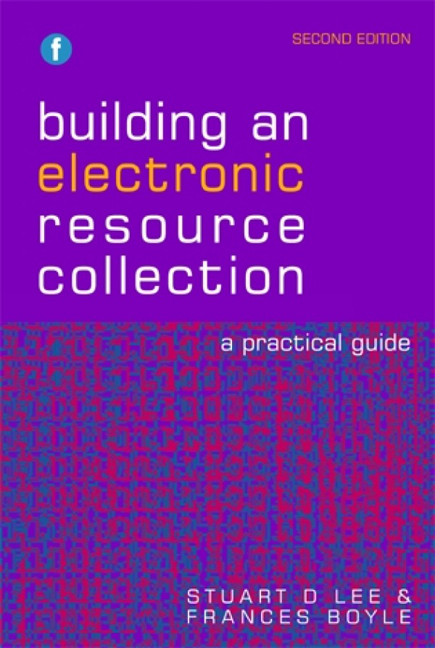2 - What is on offer? The electronic resources landscape
Published online by Cambridge University Press: 08 June 2018
Summary
Introduction
The old adage ‘know your enemy’ perhaps best sums up the aim of this chapter. It is important that anyone new to the area of electronic resources should be familiar with the types of products that are available and some of the main issues that surround them. In order to facilitate this, therefore, in this chapter we approach both aspects of the subject. The first section deals with the major generic issues, unique in many cases, that arise when it comes to dealing with electronic resources. These range from the broad, sweeping implications of remote versus local access, to the finer issues surrounding such emerging technologies as connection files, OpenURL resolvers etc. The second section attempts to present an overall survey of the types of products currently available (e-journals, reference works, and so on).
This chapter can therefore be seen as an attempt to landscape the world of electronic resources. In so doing, however, it should be noted that the terms and categorizations used below are often unique to this book and would not meet with universal agreement. Furthermore, because of the vastness of the subject and the constant changes that are occurring, this summary will inevitably miss out some of the areas that certain subject specialists may deem to be important. To compensate for this readers are directed to Marian Dworaczek's exhaustive index and bibliography (http://library. usask.ca/∼dworacze/SUB_INT.HTM), Gerry McKier nan's ‘Beyond Bookmarks’ project (www.public.iastate.edu/∼CYBERSTACKS/CTW. htm), Laurence and Miller's (2000) subject guides to resources on the internet, Novak's (2003) look at the evolution of internet searching, and the Resource Guides offered by the UK's Joint Information Systems Committee (JISC) (www.jisc.ac.uk/subject/). Nevertheless, as an introductory guide to the issues, products, and pitfalls a collection developer will encounter, this survey will be of general use (NB the terms are further defined in the Glossary at the end of the book).
The complexity of the landscape of electronic resources was originally addressed in 2000 by the United Kingdom's Distributed National Electronic Resource (DNER) (JISC, 2000). In an attempt to bring together electronic resources in a seamless fashion for universities and colleges in the UK, the DNER had to confront the problem of mapping their collections so as to ascertain where there are gaps in provision.
- Type
- Chapter
- Information
- Building an Electronic Resource CollectionA practical guide, pp. 17 - 47Publisher: FacetPrint publication year: 2004



